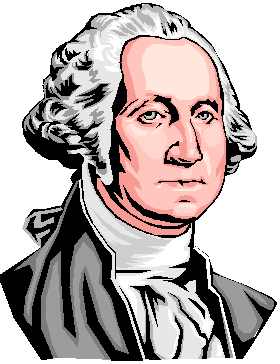 Online Searching and
Comparing Lesson Plans
Online Searching and
Comparing Lesson Plans
This lab has three main parts, each with several sections.
PART 1 (5 points)
- Print the following web-based activity that is part of a
lesson plan:
- Play the role of a student as you complete the activity by hand.
PART 2 (4 points for each component = 16 points total for paper)
Play the role of a teacher and write a short paper that compares and
contrasts the web-based learning activity you did as a "student" in
Part 1, to traditional methods used in education. Your paper must have the
following components:
- WORD PROCESSING SKILLS.
» Length of the paper should be no more than two pages, double-spaced.
» Use a legible 12-point font.
» Use 1-inch margins around all four sides of your paper.
» Spell- and grammar-check the paper. Points are deducted for poor spelling
and grammar.
» Use logical major headings for each section of your paper.
» Title your paper using a different font, size or color than the body of
your paper.
» Skip a line between paragraphs or indent new paragraphs.
- TARGET AUDIENCE.
Describe who you think the appropriate target audience would be. State the
name of the course, approximate age/grade, and reading level of the student
for whom this activity was written.
- GOALS and MEASURABLE OBJECTIVES.
Describe what you think is/are the goal(s) of the activity. A goal is the
end result of measurable objectives. Describe observable and measurable
objectives that you could use in a lesson plan that includes this activity.
Objectives are the steps that students take to reach a goal.
-
-
Goals and Measurable
Objectives are two separate things.
Goals are what you want accomplished long-term.
In education, we would be speaking academically. Examples of appropriate goals are as follows:
- Students
will learn about life in the White House.
- Students
will learn how to use the Internet as a research tool.
- Students
will increase problem-solving skills.
- Etc.
-
The above goals are not
things that can necessarily be seen or measured.
Therefore, we need some measurable objectives to show movement
towards the goal. A
measurable objective must be something concrete that can be observed
and measured. Examples of appropriate measurable objectives are as follows:
- Students
will complete the web-based activity.
- Students
will find at least 5 clues on the Internet.
- Given
an ISBN, students will be able to name the corresponding title.
- Students
will score at least 80% on weekly quizzes.
- Etc.
- WEB-BASED vs. TRADITIONAL LESSON PLANS.
Compare using this web-based activity to a traditional teacher/lecture
format for presentation of the same content. Do this by describing the
behaviors of the teacher and the student in each situation (i.e., what does
a teacher do during web teaching, what does a student do, etc., that is
different during a lecture).
PART 3 (3 points for each component = 9 points total)
Using the World Wide Web, locate all three of the following lesson plans. Lesson
plans usually take no more than 50 minutes to complete. Describe how you found
this lesson plan, including:
- Which specific search engine/directory/database you used.
- The exact URL/webpage address of the lesson plan (not the search engine)
that you found.
- The title of the lesson plan that you found.
- GEOMETRY LESSON PLAN appropriate for grade 7 to learn about the area
of a circle. (3 points)
- MUSIC LESSON PLAN appropriate for grades 5 or 6 to learn about composing
music electronically.(3 points)
- UNDERWATER ANIMALS LESSON PLAN appropriate for grades 3 to 5, with
webpage links to aquarium webpages. (3 points)
 Online Searching and
Comparing Lesson Plans
Online Searching and
Comparing Lesson Plans Online Searching and
Comparing Lesson Plans
Online Searching and
Comparing Lesson Plans